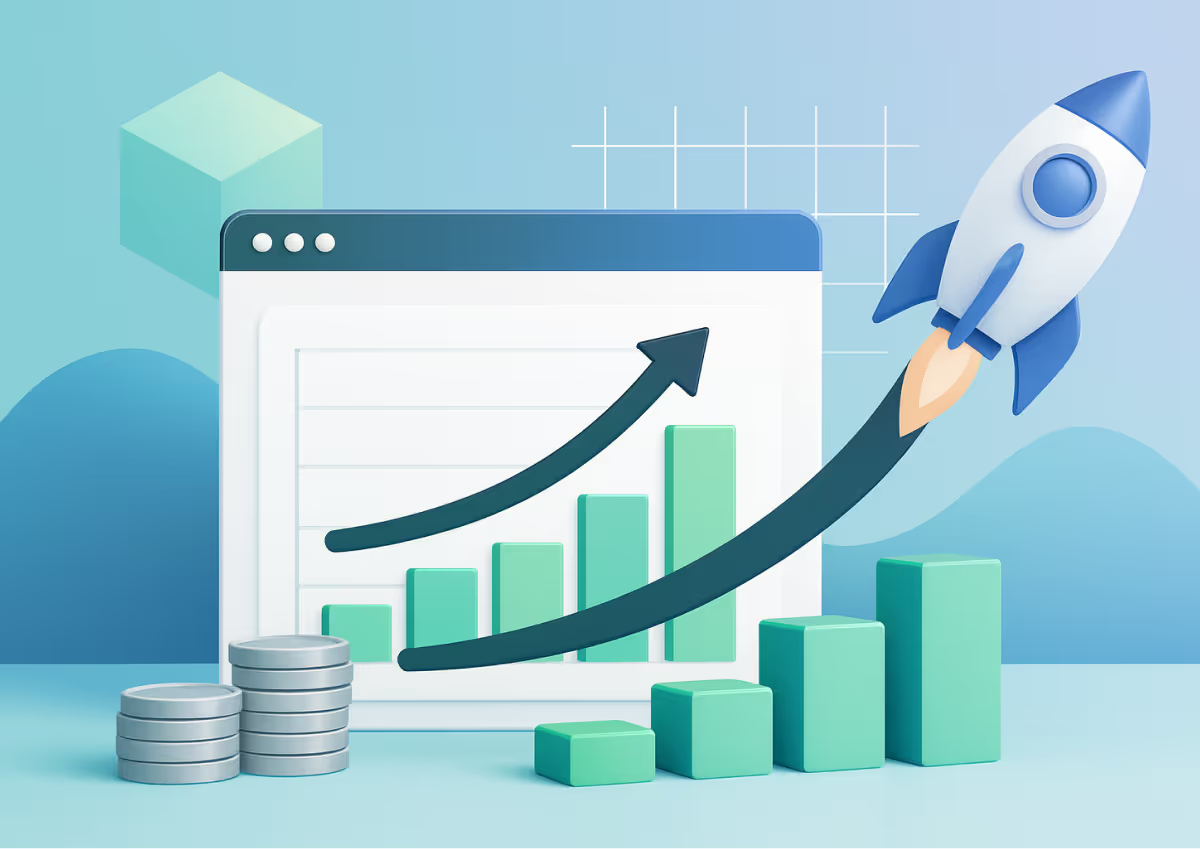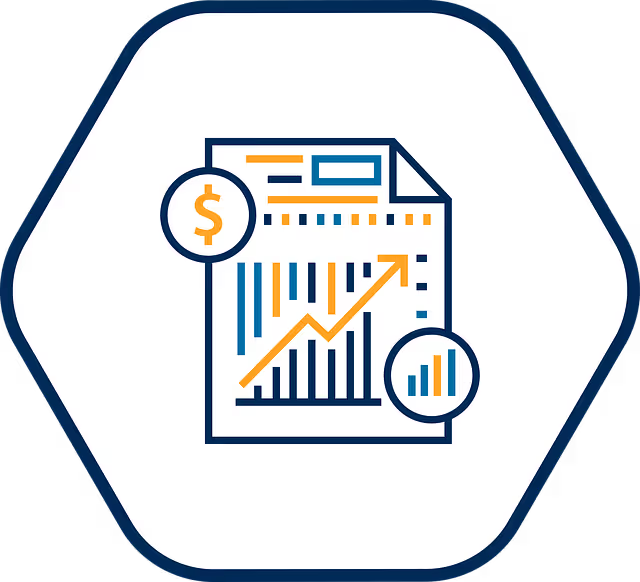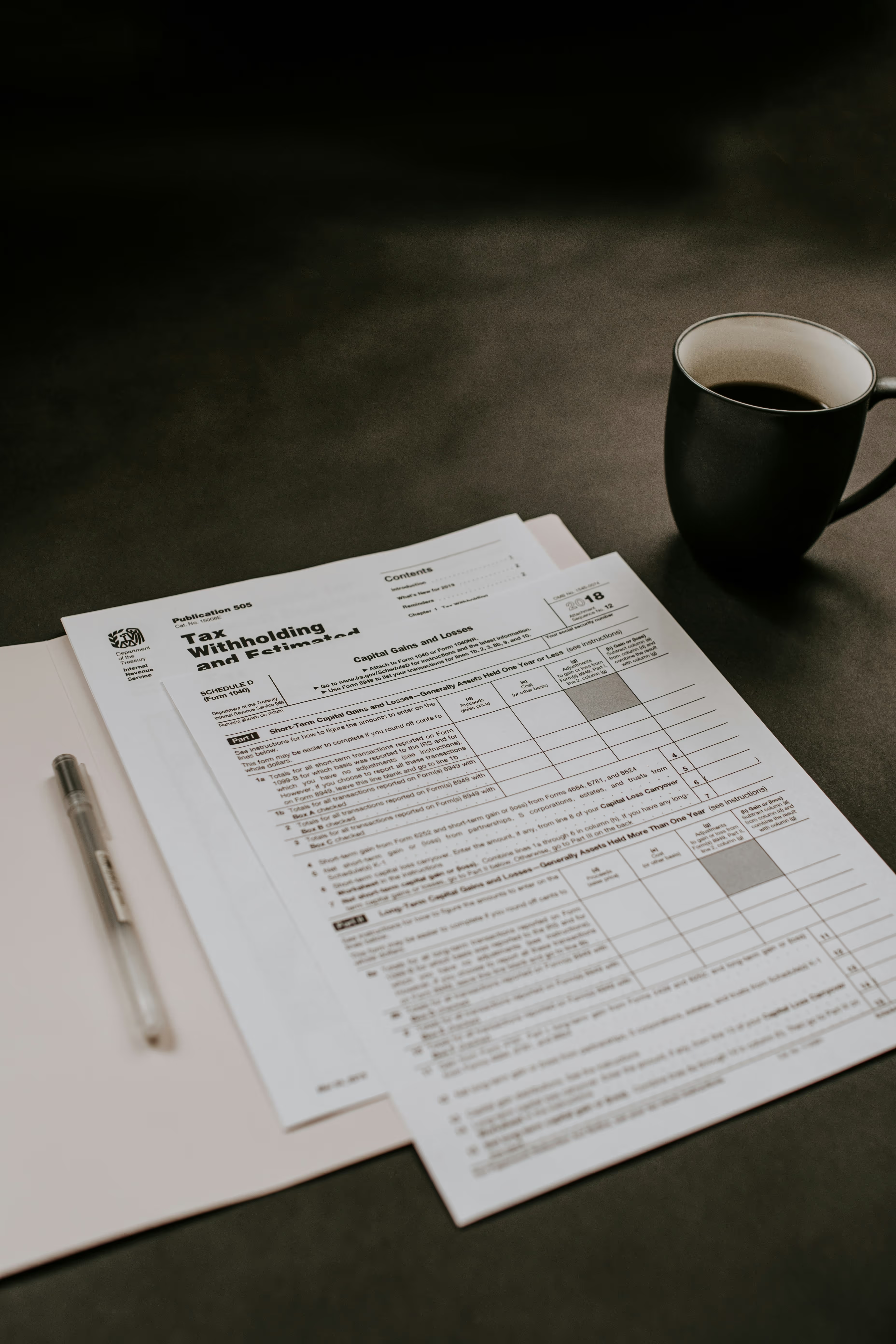What Is Cloud-Based Automation & Its Benefits for Your Firm
Boost your team efficiency, capacity, and productivity while reducing costs with cloud based automation. Find out how our cloud accounting software can help.
Explore the essential strategies and tools for effective SaaS accounting in 2024. This guide offers insights into the unique financial challenges faced by SaaS companies and how adopting the right accounting practices can drive transparency, compliance, and growth.

Explore cutting-edge SaaS accounting strategies for 2024, designed to optimize financial management for subscription-based businesses, ensuring compliance and driving growth.
In this article
SaaS Accounting is a specialized field of financial management that seeks to solve the unique needs of Software as a Service business. Unlike other traditional business entities, SaaS brings a subscription model that complicates the tracking and reporting revenues, expenses, and cash flows. Practical accounting ensures these SaaS companies operate transparently, make informed decisions on their business, and comply with the various standard accounting laws and other taxation laws.
Generally, SaaS businesses must comply with both Generally Accepted Accounting Principles and International Financial Reporting Standards. Both deal with presenting actual and realistic financial statements, which also helps retain investor confidence and is often required by the relevant authorities. Companies can achieve an understanding of SaaS accounting practices to navigate their business model from a financial perspective and sustainably drive growth.
SaaS's ever-evolving landscape redefines how companies do business and handle their finances. Where there are unique business models, there are unique challenges that call for unique accounting practices for SaaS companies. Going into 2024, it is time for companies to implement and hone such strategies, catering not only to regulatory standards but also to businesses' financial health and scalability. This comprehensive guide covers the best SaaS accounting strategies and provides a roadmap toward financial success in the competitive digital economy.

SaaS accounting is a subsystem of financial management whereby the peculiarities of this subscription-based revenue model of SaaS businesses are catered for. Unlike traditional sales models, where revenues are recognized at points of sale, in SaaS accrual accounting only, revenues are recognized over the service period. Cash-based accounting records income and expenses only when cash is received or paid, making it easier to maintain but less suitable for subscription-based SaaS models. This approach meets the accruals accounting method guided by specific guidelines under Generally Accepted Accounting Principles and International Financial Reporting Standards.

Some key areas covered by SaaS accounting include:
The foundation of SaaS accounting is the key to financial health for any SaaS company. Most challenges are driven by recurring revenue and subscription fees that others are alien to, brought up in the tradition of a single sale. Accrual accounting is one of the accounting principles, and a SaaS company is supposed to recognize revenue throughout the period when a respective service is provided.
Another important concept of Saas accounting is deferred revenue. When the payment of any company against which services are yet to be delivered creates a liability on the balance sheet. Proper management will provide correct financial reporting and full compliance with accounting standards.
The financial statement is an integral part of SaaS accounting. The income statement gives a glimpse into the company's profitability, the cash flow statement provides insight into cash inflow and outflow, and the balance sheet depicts the financial position at a particular time. Accordingly, financial statements will enable any SaaS organization to monitor its performance from several aspects and make decisions based on such elements.
In this dynamic financial world, there are big differences between traditional business accounting methods and SaaS Accounting. This, without a doubt, allows the path on which such revenue models and operational practices, unique and intrinsic only to SaaS businesses, will finally affect their accounting methods, compliance needs, and strategizing regarding financial reporting.

Traditional Business Accounting:
Revenue recognition in traditional businesses usually takes place at the time of sale, which is considered the instance at which goods are delivered or services performed. This method of accrued revenue is quite simplistic and, therefore, follows the historical cost principle, where transactions are recorded at their cost at the time of occurrence.

The critical criterion for recognizing personal revenue within traditional business to recognize revenue accounting is the principle of risks and rewards transfer; that is, revenue is recognized when there is a transfer of ownership and control of goods or services to a buyer.
SaaS Accounting:
SaaS companies follow a subscription-based revenue model that entails revenue recognition over the period the service is provided, not just upon sale. SaaS revenue recognition is a critical accounting principle for subscription-based businesses, dictating when client payments are recognized as revenue in financial statements. It involves complexities regarding deferred revenue and compliance with accounting standards such as ASC 606. This further recognized revenue reflects the ongoing nature of the SaaS agreements and services.

Major regulations for revenue recognition in SaaS companies include ASC 606 and IFRS 15, which recognize revenues only when customers acquire and consume the value provided by this service. This may involve disaggregating the contract into performance obligations and recurring payments and allocating the transaction price to these performance obligations over the subscription period.
Traditional Business Accounting:
Under the traditional model, the emergence of deferred income is relatively rare. Thus, usually, in progress results in advances against supplies to be executed later and income accrued in advance and yet to be earned until services are performed. It's usually very run-of-the-mill and often short-term.

SaaS Accounting:
This is an essential aspect in SaaS accounting since advance payments for subscriptions that may be longer term are frequent. Usually, the entire SAAS revenue may be paid in advance for services offered over months or even years. Thus, entities set up this as a liability on the balance sheet that gradually recognizes revenue over the service's period.
Deferred revenue should be scheduled and systematized as high as it actually coincides with the delivery service's performance obligation; this is no less important if their definite financial reporting is concerned.
Traditional Business Accounting:
Traditional business contracts are primarily transactional, involving scant continuing obligations, which makes accounting less complicated and less prone to changes when a sale is made.

SaaS Accounting:
The SaaS contract is typically complex, with multiple occurrences of the performance obligations at hand, including varied billing cycles and various amendments, from upgrades to downgrades and cancellations.
These factors affect revenue recognition and must be continually studied and revisited. SaaS deals are typically complex and require high investments in systems and processes to track the life cycle of a customer agreement with a high degree of accuracy.

Traditional Business Accounting:
In traditional accounting, compliance focuses more on general principles of accounting standards, which need to be updated more frequently.

SaaS Accounting:
However, specified guidance exists under ASC 606 and IFRS 15; some are more dynamic and tend to be refreshed as service delivery and business models continuously change.
This posterolaterally compels SaaS companies to be informed and agile in compliance practices. Overall, this generally makes financial reporting for SaaS companies more comprehensive, covering metrics unique and particular to the SaaS model, such as MRR, CLTV, and Churn Rate.
Traditional Business Accounting:
Cash flow management in a traditional business typically involves monitoring immediate inflows and outflows, whereas calculating a cash flow statement quickly depends on physical sales and purchases.

SaaS Accounting:
In SaaS companies, cash flow can be more challenging to predict and manage because there are timing differences between cash receipt, mostly upfront subscription payments, and revenue recognition over the subscription period. This can lead to significant variances in cash flow from reported revenue and requires careful management and forecasting.
Financial statements are the backbone of financial reporting for SaaS companies. The income statement, cash flow statement, and balance sheet each serve a unique purpose in providing a comprehensive view of the company’s financial health.
The income statement, also known as the profit and loss statement, details the company’s revenues and expenses over a specific period, highlighting profitability. The cash flow statement tracks the movement of cash in and out of the business, providing insights into liquidity and cash management. The balance sheet offers a snapshot of the company’s assets, liabilities, and equity at a given time, reflecting its financial stability.
In addition to these traditional financial statements, SaaS companies rely on specific metrics to gauge their performance. Monthly Recurring Revenue (MRR) and Annual Recurring Revenue (ARR) are critical for understanding the company’s revenue streams and growth trajectory. The churn rate, which measures the rate at which customers cancel their subscriptions, is another vital metric, as it directly impacts revenue and growth potential.
By regularly analyzing these financial statements and metrics, SaaS companies can make data-driven decisions, identify trends, and plan for future growth.
SaaS accounting is characterized by several features that are specifically tailored to the subscription model:
SaaS accounting has some unique challenges that require bespoke strategies to ensure the books are balanced and accurate and all statutory compliance matters are observed. Here are five essential techniques that will help SaaS companies navigate the complexities of their financial landscape toward success.

Reconciliation is one of the fundamental practices in SaaS accounting, wherein at the core lies confirmation that every piece of financial data coincides with the bank statements and other forms of financial records. This helps to find out any discrepancies quicker and rectify them to keep the integrity of the financial statements and data intact.
This would significantly reduce the time spent on similar repetitive jobs, like invoicing and billing, including revenue recognition. Automating improves efficiency and reduces the chances of human error.

Adopt a Proactive Compliance StrategySaaS companies operate within a dynamic regulatory environment, which makes compliance one of the most essential elements of effective financial management. Being more proactive about compliance means keeping up with changes in accounting standards and implementing them quickly.
Keep Detailed RecordsAny SaaS firm is supposed to keep detailed records of all financial transactions. The record maintained gives good audit processes and precious insights into the inner financial workings of a subscription business model.

Regular Financial ReviewFinancial reviews are essential to understanding a SaaS Company's financial position and health. Financial reviews provide insight into critical areas of economic performance, indicate any noticeable trends, and project how those trends will continue while planning accordingly.
SaaS accounting presents unique challenges, such as revenue recognition, deferred revenue, and cash flow management. However, implementing best practices and leveraging specialized tools can effectively manage these challenges.
Revenue recognition in SaaS accounting requires adherence to standards like ASC 606 and IFRS 15, which mandate recognizing revenue as the service is delivered. This often involves disaggregating contracts into performance obligations and allocating the transaction price accordingly. Using SaaS accounting software can automate this process, ensuring accuracy and compliance.
Deferred revenue management is another critical area. SaaS companies often receive payments in advance for services to be delivered over time. Accounting for this deferred revenue as a liability and recognizing it over the service period is essential for accurate financial reporting.
Cash flow management can be particularly challenging due to the timing differences between cash receipts and revenue recognition. Implementing robust forecasting and budgeting processes and regular financial reviews can help SaaS companies maintain healthy cash flow and avoid liquidity issues.
Outsourcing accounting functions to specialized firms with SaaS accounting expertise can also benefit. These firms can provide valuable insights, ensure compliance with accounting standards, and free up internal resources to focus on core business activities.
In conclusion, mastering SaaS accounting is crucial for SaaS companies' financial success. By understanding the fundamentals, leveraging financial statements and metrics, and overcoming accounting challenges, SaaS businesses can ensure compliance, make informed decisions, and drive growth and success.
In that respect, your investment decision has to be pivotal enough to ensure your business can meet the complicated requirements of the SaaS business model and perform well in the market. This chapter discusses factors you must observe when choosing appropriate SaaS accounting services while shedding light on the contribution of advanced tools like Runeleven software to enhancing financial operations.

The right way to choose appropriate SaaS accounting services is to understand your business's specific needs. Consider:
When you take to selecting a SaaS accounting service, deem it all-important to make sure that the chosen one at least includes the following features:
Runeleven Software is one of the finest options for SaaS accounting services, particularly for innovative and comprehensive business solutions. Here are some reasons Runeleven saas accounting software can be pegged at a higher level:

Making the DecisionChoosing the exemplary SaaS accounting service involves:
The rising number of SaaS companies and their forms puts increasing pressure on the need for appropriate accounting strategies. The outcome will be the proper practice and tool to ensure conformity with ever-complex accounting standards and provide strategic insights to drive business decisions. In 2024, the SaaS organization that can correctly implement this strategy would be better placed to tackle financing health by realizing marked opportunities toward sustainable growth.